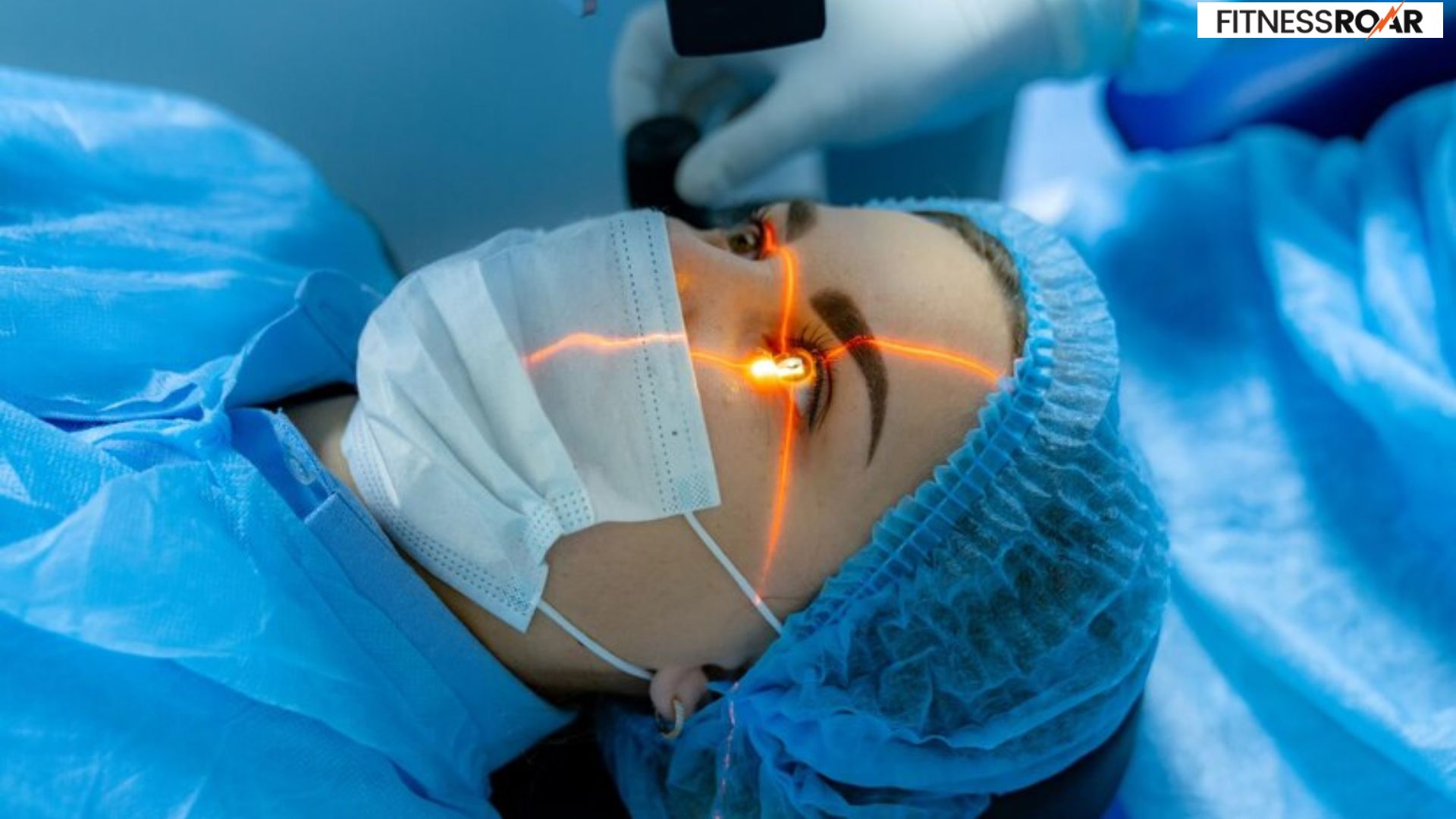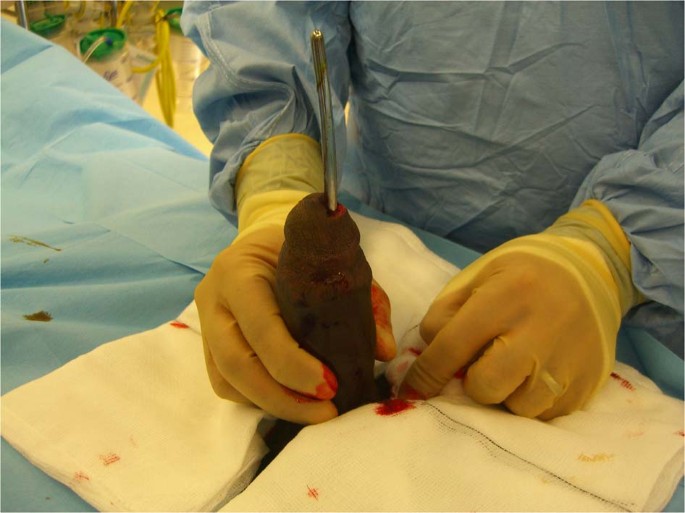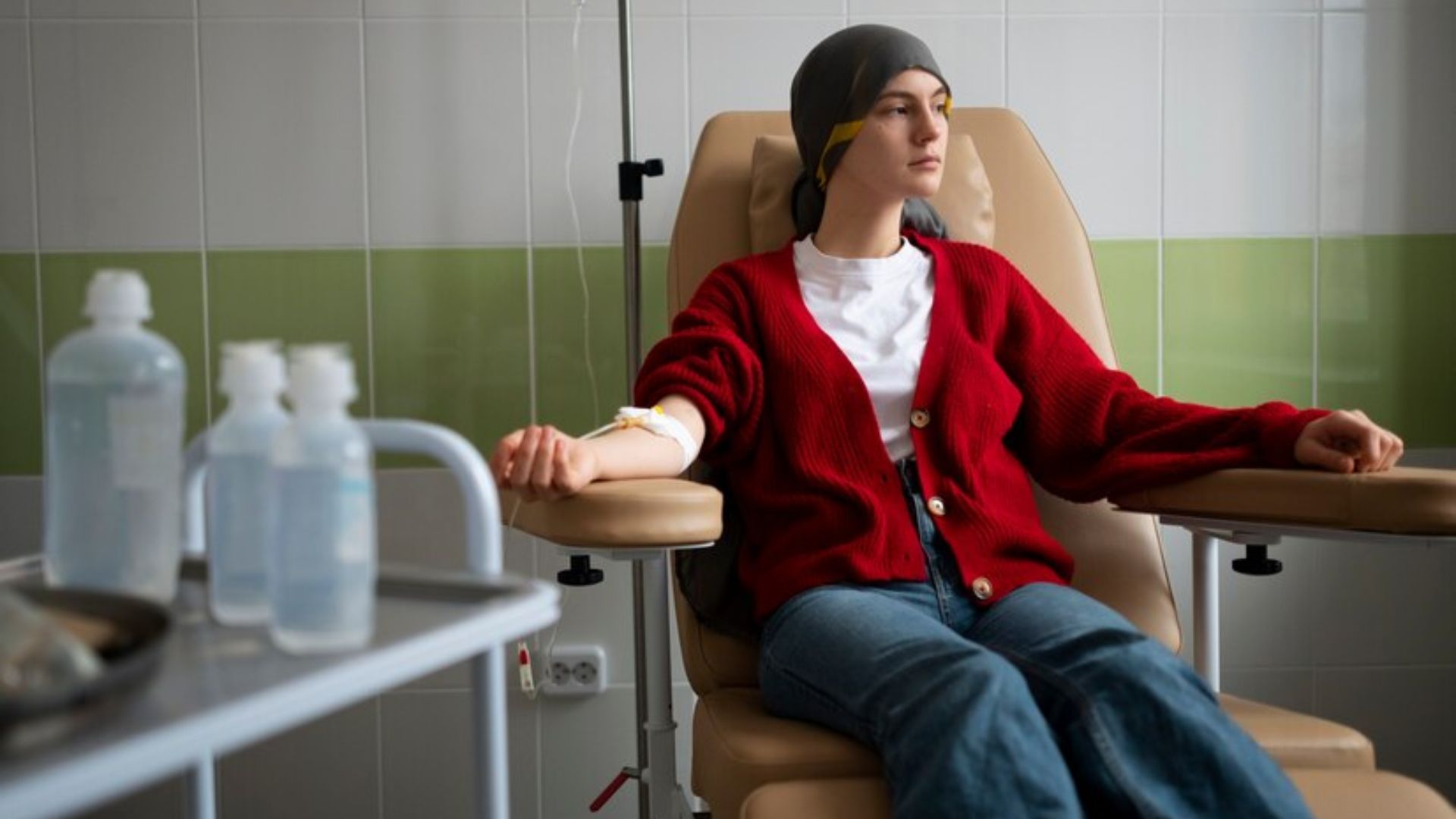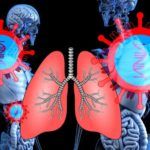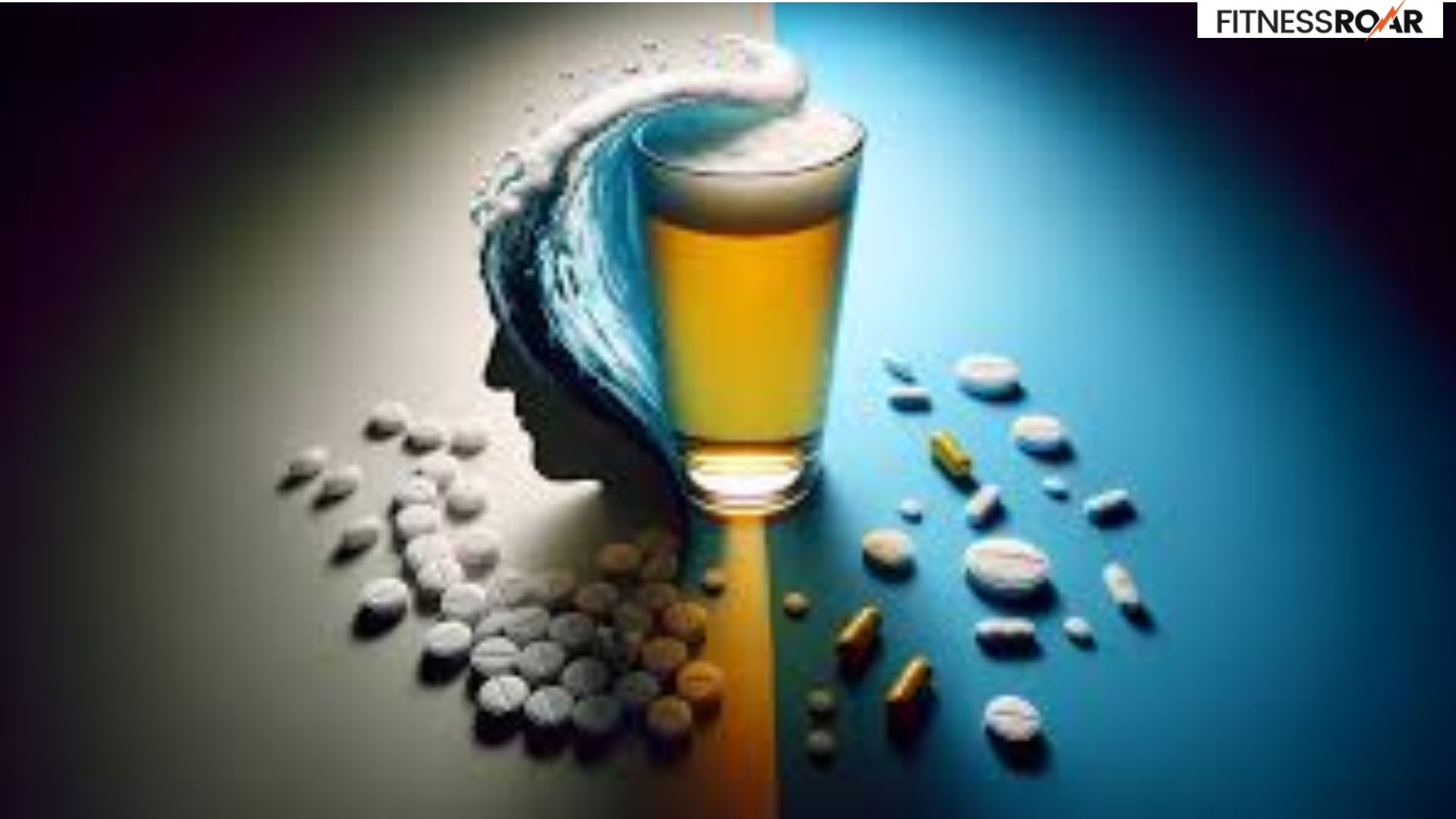Understanding Staph Pimples
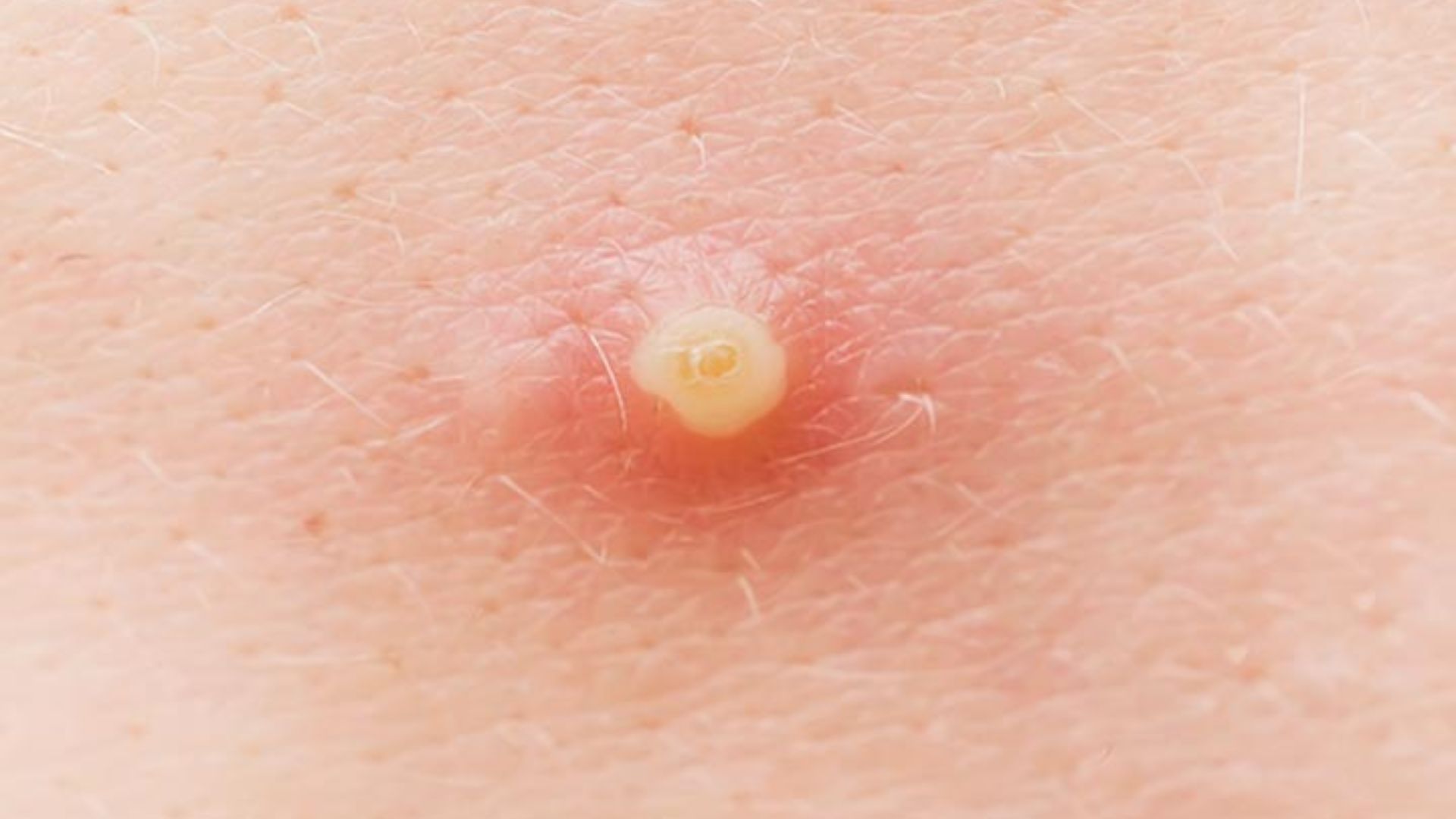
Ever looked in the mirror and noticed a red, angry bump on your face? You might think it’s just a run-of-the-mill pimple, but there’s a chance it could be something more: a staph pimple. Staph pimples are caused by staphylococcus bacteria, which can infect hair follicles and cause painful, inflamed lesions.
Understanding the difference between staph pimples and regular pimples is crucial. While both can look similar, staph infections require different treatment and can be more serious if left unchecked. Let’s delve deeper and learn how to tell them apart.
Also Read: Home Remedies and Natural Treatments
Staph Pimple vs. Regular Pimple
While a glance in the mirror might not reveal the culprit behind your bump, there are key differences between staph pimples and regular pimples. Here’s how to spot the signs:
Staph Pimple:
- Painful: Staph pimples pack a punch! They’re typically much more tender to the touch than regular pimples.
- Inflammation: Staph pimples go big on redness and swelling. The surrounding skin might be noticeably inflamed and irritated.
- Pus: Staph pimples often contain pus, a white or yellow collection of dead white blood cells fighting the infection.
- Location: Staph pimples aren’t as picky about location as regular pimples. They can appear anywhere on your body, not just the typical acne zones (face, back, chest).
Regular Pimple:
- Pain: Regular pimples can be annoying, but they’re usually not very painful. You might feel some soreness, but not the throbbing tenderness of a staph pimple.
- Inflammation: Regular pimples can have some redness and swelling, but it’s generally milder than with staph pimples.
- Pus: Some regular pimples, particularly whiteheads, contain pus. However, blackheads don’t, and many pimples don’t develop pus at all.
- Location: Regular pimples tend to favor areas with high oil production, like the face, back, and chest.
Remember: These are general guidelines. If you’re unsure whether you have a staph pimple or a regular pimple, it’s always best to consult a doctor for proper diagnosis and treatment.
Also Read: Superfoods That Fight Fatigue
How to Identify a Staph Pimple
While the comparison in the previous section helps, pinpointing a staph pimple can be tricky. Here are some key visual clues to look for:
Visual Clues:
- Redness: Staph pimples are often surrounded by a bright red halo of inflammation.
- Swelling: The area around the pimple will likely be swollen and puffy.
- Warmth: Staph pimples may feel warm to the touch, a sign of infection.
- Presence of pus: Staph pimples frequently contain pus, a white or yellow collection of infection-fighting cells.
- Possible central black dot: Unlike regular pimples, staph pimples sometimes have a black dot in the center.
Additional Symptoms:
- Fever: A staph infection may cause a fever.
- Spreading redness: If the redness around the pimple seems to be getting bigger and angrier, it could be a sign of a spreading infection.
- Increased pain: Staph pimples are typically much more painful than regular pimples, and the pain may worsen over time.
While these clues can raise a red flag, consulting a healthcare professional is crucial for an accurate diagnosis. They can examine the pimple, ask about your symptoms, and perform tests to determine if you have a staph infection. Early diagnosis and treatment are essential to prevent complications.
Treatment for Staph Pimples
So you’ve been diagnosed with a staph pimple. Don’t panic! While it requires more attention than a regular pimple, there are effective treatments available. Here’s a breakdown of your options:
Home Care:
While not a cure, proper home care can help soothe symptoms and promote healing:
- Keep it Clean: Wash the affected area gently with a mild soap and warm water twice daily. Avoid harsh scrubbing, which can irritate the infection.
- Warm Compress Magic: Apply warm compresses to the pimple for 10-15 minutes, several times a day. The warmth helps draw out pus and reduce inflammation.
- Hands Off!: Resist the urge to pick or squeeze the pimple. This can worsen the infection and spread bacteria.
Medical Treatment:
Depending on the severity of the infection, your doctor may recommend:
- Antibiotics: Oral antibiotics are the frontline defense against staph infections. Take them exactly as prescribed, for the full duration, even if the pimple starts to improve. Stopping them early can allow the bacteria to return.
- Drainage: In some cases, your doctor may need to lance (drain) the pimple to remove pus and promote healing. This is a sterile procedure performed in a doctor’s office.
Following Doctor’s Orders:
Remember, following your doctor’s instructions is critical for successful treatment and preventing complications. Don’t hesitate to ask questions or voice any concerns. Completing the entire course of antibiotics, even if you feel better, is crucial to ensure the infection is completely eradicated.
Remember: Early diagnosis and proper treatment are key to a speedy recovery. Don’t hesitate to seek professional help if you suspect a staph pimple.
Also Read: 6 Tips to Slow Down Aging
In Crux
Staph pimples may be more than just a bump on your skin, but with proper care, you can banish them and achieve clearer, healthier skin.
Remember, taking care of your skin is important. By following these tips and seeking professional help when needed, you can keep your skin healthy and staph pimples at bay.
How much did you like Our detailed Coconut Oil? Please share your view in the comment box. Also, please share these Blogs with your friends on social media.
Recommended


